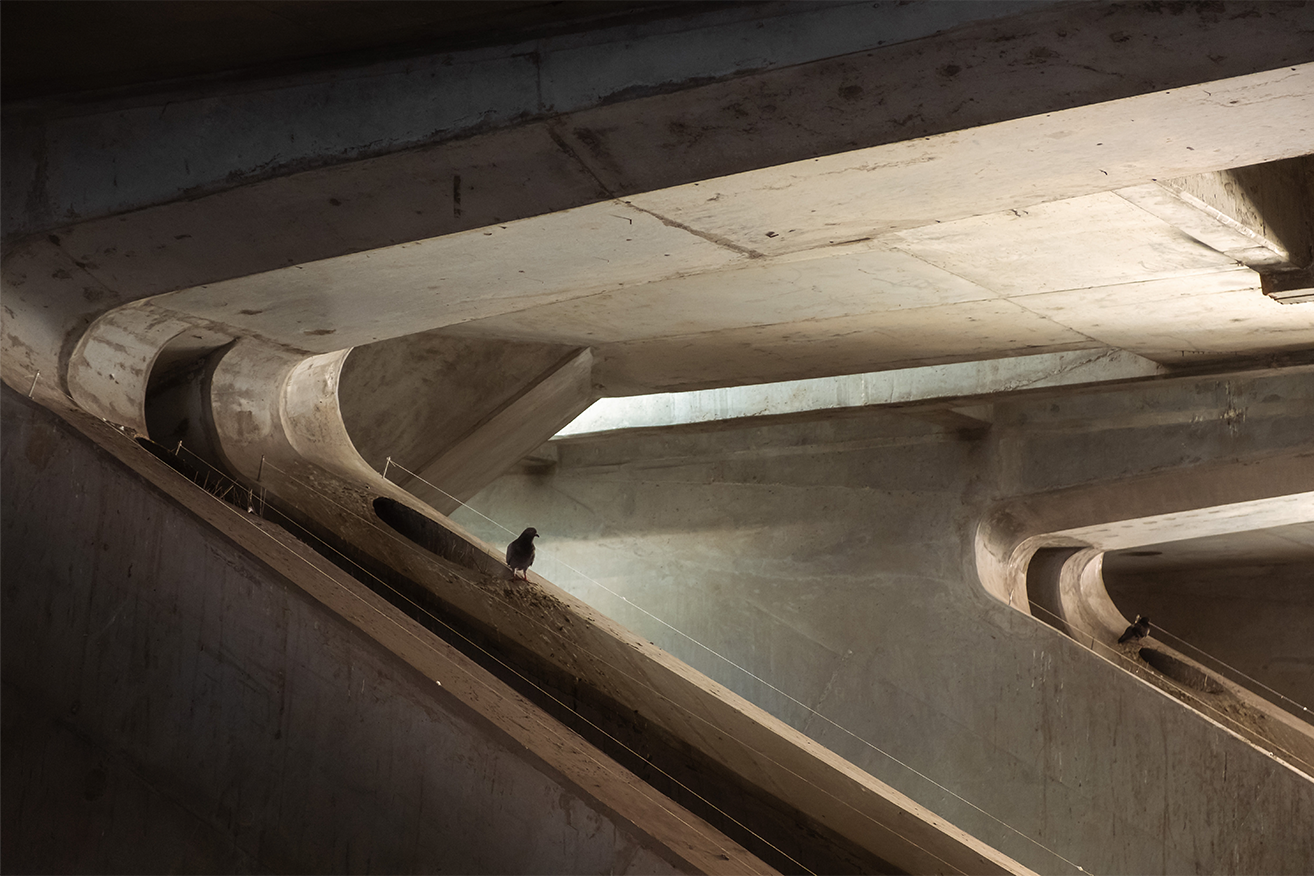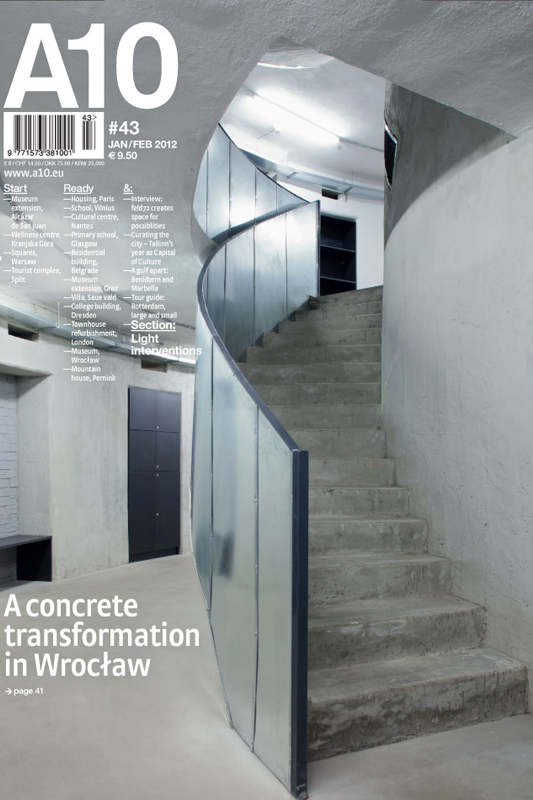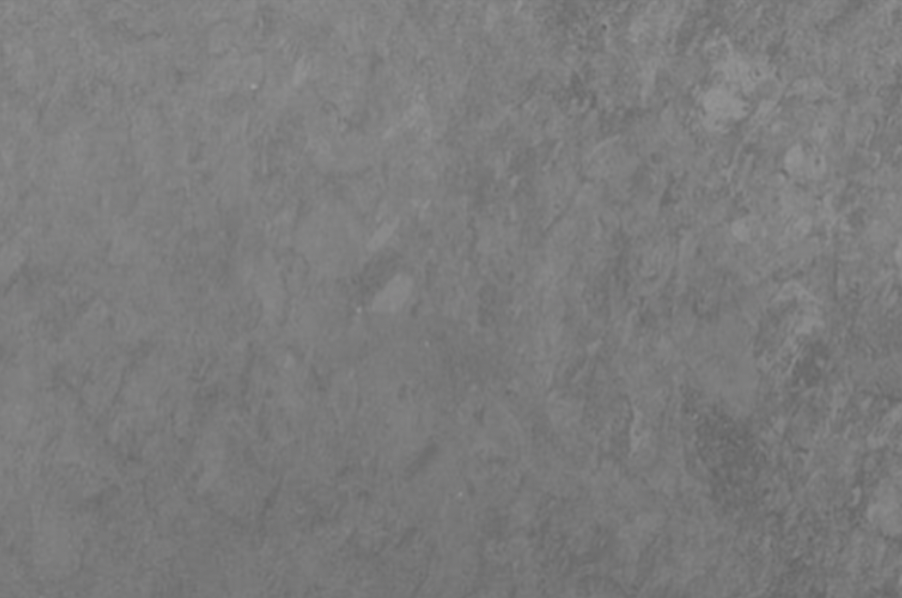
Concrete Workhouseis an imaginary shop with a passion for concrete

Instagram / Facebook


Fibre cement.
Fibre cement is a composite building and construction material, used mainly in roofing and facade products because of its strength and durability. One common use is in fiber cement siding on buildings. Eternit is a registered trademark for a brand of fibre cement. Fibre is often applied in building and construction materials, mainly in roofing and facade products but also in outside furniture furniture.
Shop reads.

A10 is a platform for architecture in Europe within the context of politics, art, economy and society. Visit. You can e-mail them here (Versand innerhalb der Schweiz) This a non-paid endorsement to support A10. Martina Brassel Keramik — Zürich keramik@martinabrassel.ch Instagram
Inspiration.
A10 is a platform for architecture in Europe within the context of politics, art, economy and society. Visit. You can e-mail them here (Versand innerhalb der Schweiz) This a non-paid endorsement to support A10. Martina Brassel Keramik — Zürich keramik@martinabrassel.ch Instagram
Modernism.
Modern-day concrete is created by a process that was designed in the early 19th century by Joseph Aspdin, a bricklayer from Leeds. First cement is made from a mixture of limestone, clay and sand. This is ground into a powder and heated in a kiln, usually at 1500°C, to form pellets known as clinker. The clinker is mixed with a small amount of gypsum and ground into a fine powder, known as portland cement, which is one of the key ingredients of concrete. Portland cement is mixed with sand, water and aggregate (rock fragments) to form concrete: the water reacts with the cement, causing it to harden, which is known as curing. Overall, about 1.6 tons of raw materials are used to make 1 ton of cement. Portland cement is a key component of almost all modern concrete, accounting for more than 95% of the cement market. Concrete is typically made up of 41% crushed rock, 26% sand, 16% water, 11% portland cement, and 6% entrained air. But, despite being made from natural materials, this material carries a heavy footprint. source: ethicalunicorn.com
Folio.
A10 is a platform for architecture in Europe within the context of politics, art, economy and society. Visit. You can e-mail them here (Versand innerhalb der Schweiz)
Modernism.
Mayan concrete at the ruins of Uxmal is referenced in Incidents of Travel in the Yucatán by John L. Stephens. "The roof is flat and had been covered with cement". "The floors were cement, in some places hard, but, by long exposure, broken, and now crumbling under the feet. But throughout the wall was solid, and consisting of large stones imbedded in mortar, almost as hard as rock."
Small-scale production of concrete-like materials was pioneered by the Nabatean traders who occupied and controlled a series of oases and developed a small empire in the regions of southern Syria and northern Jordan from the 4th century BC. They discovered the advantages of hydraulic lime, with some self-cementing properties, by 700 BC. They built kilns to supply mortar for the construction of rubble masonry houses, concrete floors, and underground waterproof cisterns. They kept the cisterns secret as these enabled the Nabataeans to thrive in the desert.[10] Some of these structures survive to this day.[10]
M.
**001** Blog / ¨Portland.
01
Modern-day concrete is created by a process that was designed in the early 19th century by Joseph Aspdin, a bricklayer from Leeds. First cement is made from a mixture of limestone, clay and sand. This is ground into a powder and heated in a kiln, usually at 1500°C, to form pellets known as clinker. The clinker is mixed with a small amount of gypsum and ground into a fine powder, known as portland cement, which is one of the key ingredients of concrete. Portland cement is mixed with sand, water and aggregate (rock fragments) to form concrete: the water reacts with the cement, causing it to harden, which is known as curing. Overall, about 1.6 tons of raw materials are used to make 1 ton of cement. Portland cement is a key component of almost all modern concrete, accounting for more than 95% of the cement market. Concrete is typically made up of 41% crushed rock, 26% sand, 16% water, 11% portland cement, and 6% entrained air. But, despite being made from natural materials, this material carries a heavy footprint. source: ethicalunicorn.com

Read more

Modern-day concrete is created by a process that was designed in the early 19th century by Joseph Aspdin, a bricklayer from Leeds. First cement is made from a mixture of limestone, clay and sand. This is ground into a powder and heated in a kiln, usually at 1500°C, to form pellets known as clinker. The clinker is mixed with a small amount of gypsum and ground into a fine powder, known as portland cement, which is one of the key ingredients of concrete. Portland cement is mixed with sand, water and aggregate (rock fragments) to form concrete: the water reacts with the cement, causing it to harden, which is known as curing. Overall, about 1.6 tons of raw materials are used to make 1 ton of cement. Portland cement is a key component of almost all modern concrete, accounting for more than 95% of the cement market. Concrete is typically made up of 41% crushed rock, 26% sand, 16% water, 11% portland cement, and 6% entrained air. But, despite being made from natural materials, this material carries a heavy footprint. source: ethicalunicorn.com

Read more

02
**002** Blog / ¨Leeds.
**003** Blog / ¨Antwerp.
03
Modern-day concrete is created by a process that was designed in the early 19th century by Joseph Aspdin, a bricklayer from Leeds. First cement is made from a mixture of limestone, clay and sand. This is ground into a powder and heated in a kiln, usually at 1500°C, to form pellets known as clinker. The clinker is mixed with a small amount of gypsum and ground into a fine powder, known as portland cement, which is one of the key ingredients of concrete. Portland cement is mixed with sand, water and aggregate (rock fragments) to form concrete: the water reacts with the cement, causing it to harden, which is known as curing. Overall, about 1.6 tons of raw materials are used to make 1 ton of cement. Portland cement is a key component of almost all modern concrete, accounting for more than 95% of the cement market. Concrete is typically made up of 41% crushed rock, 26% sand, 16% water, 11% portland cement, and 6% entrained air. But, despite being made from natural materials, this material carries a heavy footprint. source: ethicalunicorn.com

Read more















